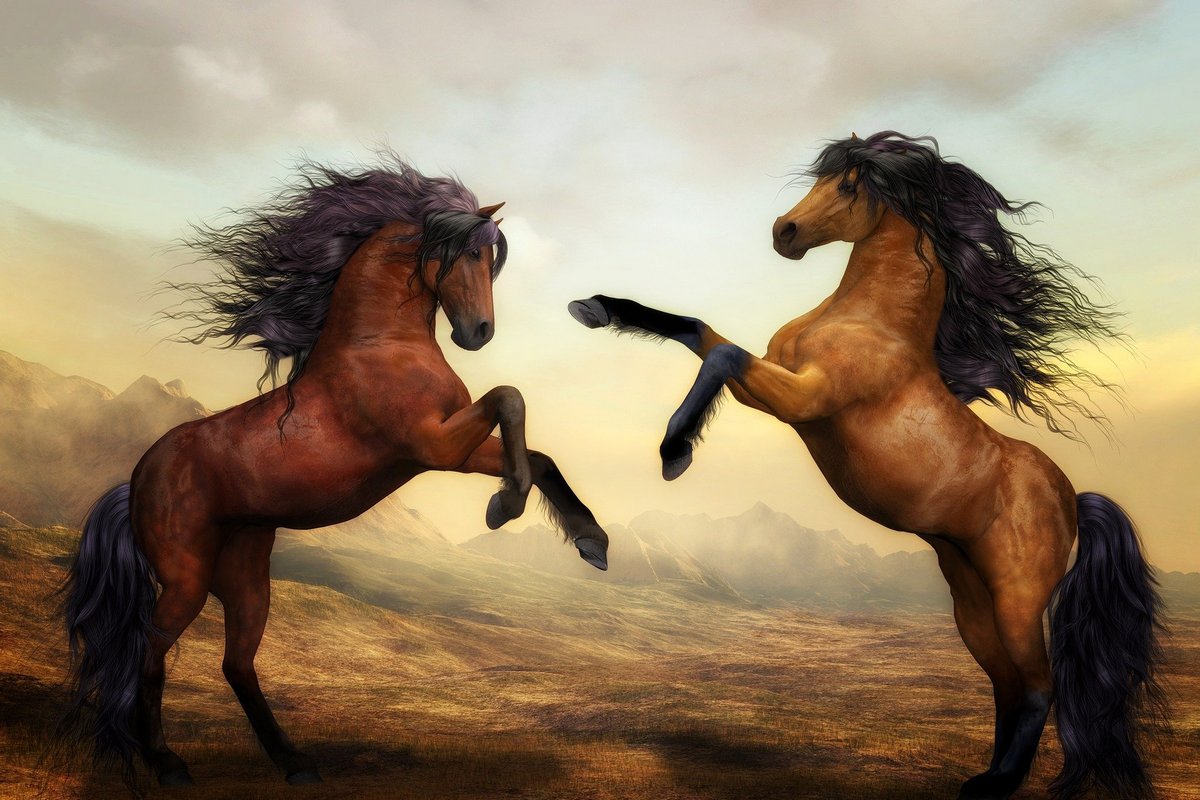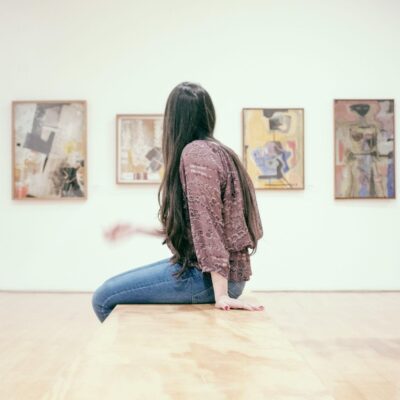
After the first flowering of national painting, which, however, did not receive recognition in Australia, many artists began to leave their homeland. This was facilitated by the limited market for the sale of paintings and the lack of state support, with complete indifference from the ruling classes. As a result of the almost catastrophic “remigration” of Australian artists to Europe, the entire period before the First World War is extremely poor in any artistic achievements. Among the artists typical of this period, one can name John Russell (1858-1931), who worked at that time in France. He painted mainly portraits, in which some elements of pointillism in pictorial technique were combined with a subtle psychological characterization of the image. Interesting is his portrait of Van Gogh, which the latter considered his best image (1886; Amsterdam, Shtedeliksmuseum).
Another famous artist of this time was John Longstaff (1862-1941), who studied in Paris, in the workshop of Cormon, who was a fashionable portrait painter, but deserves attention for his paintings dedicated to the first Expeditions to explore Australia. Burke, Wills and King Arrival at Cooper Bay (1902-1907; Melbourne, National Museum of Victoria) expressively portray tragic figures of exhausted travelers against the backdrop of a desolate landscape, painted from meticulous sketches from nature.
The largest representative who began to develop in the 20th century. in the Australian painting of academicism was George Lambert (1873-1930), who was born in Russia. Working in Paris until 1921 (where he left Australia in 1900), he did not accept modernist influences and was interested in the old masters and Édouard Manet. Despite his virtuoso skill (he was a brilliant draftsman), a touch of saloonism is sometimes felt in his painting. Typical of his work is the striking socialite portrait “White Glove” (Sydney, Art Gallery of New South Wales).
On the eve of the First World War, the first trends of modernism began to penetrate into Australia, but its adherents were few in number until the 30s. their art did not matter much. After the war, the realists of the 1890s finally gain recognition, they have followers who, however, did not have the same keen perception of life and were more closely aligned with academic tendencies. Among them is the portrait painter Max Meldrum (b. 1875). The developing school of landscape painters was of more progressive importance, among which, in addition to A. Striton, G. Hazen (b. 1877), and R. Drysdale, who headed it, should be mentioned. These artists were able to convey the originality of Australian nature in their landscapes.



